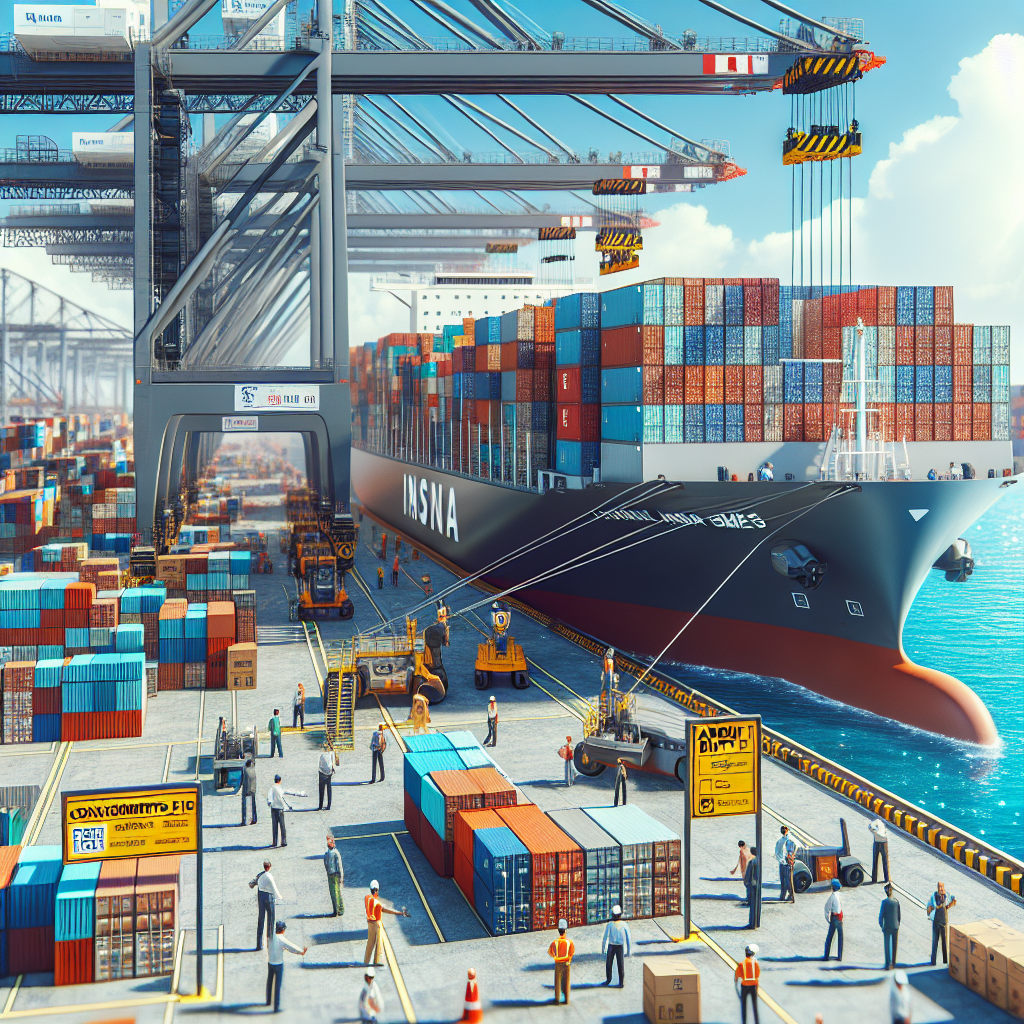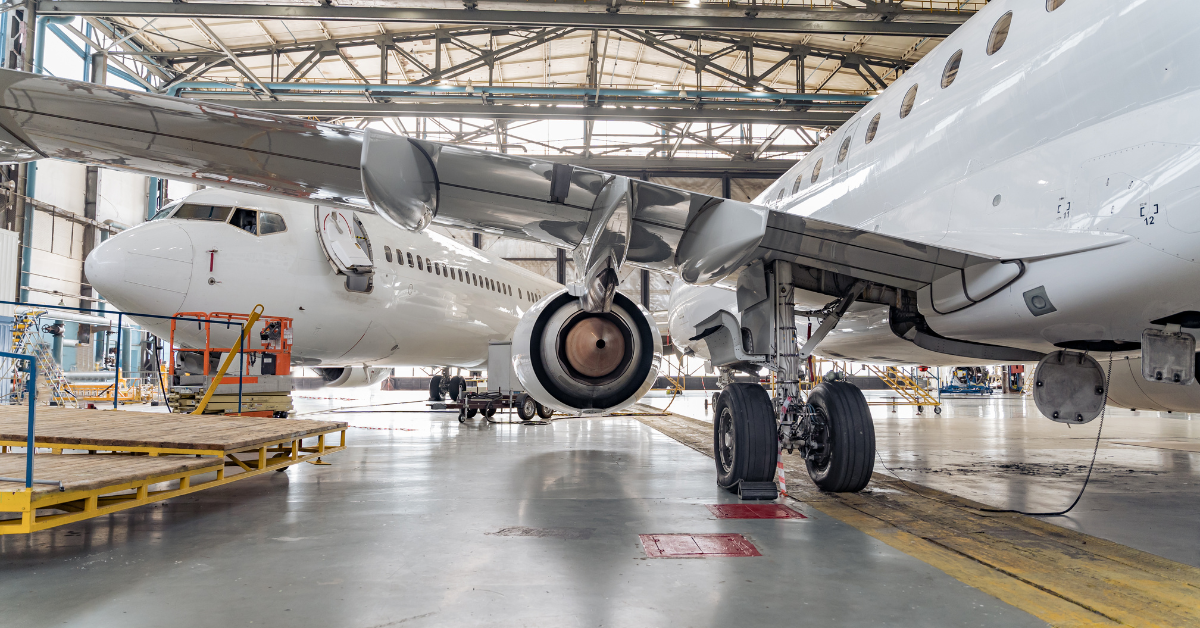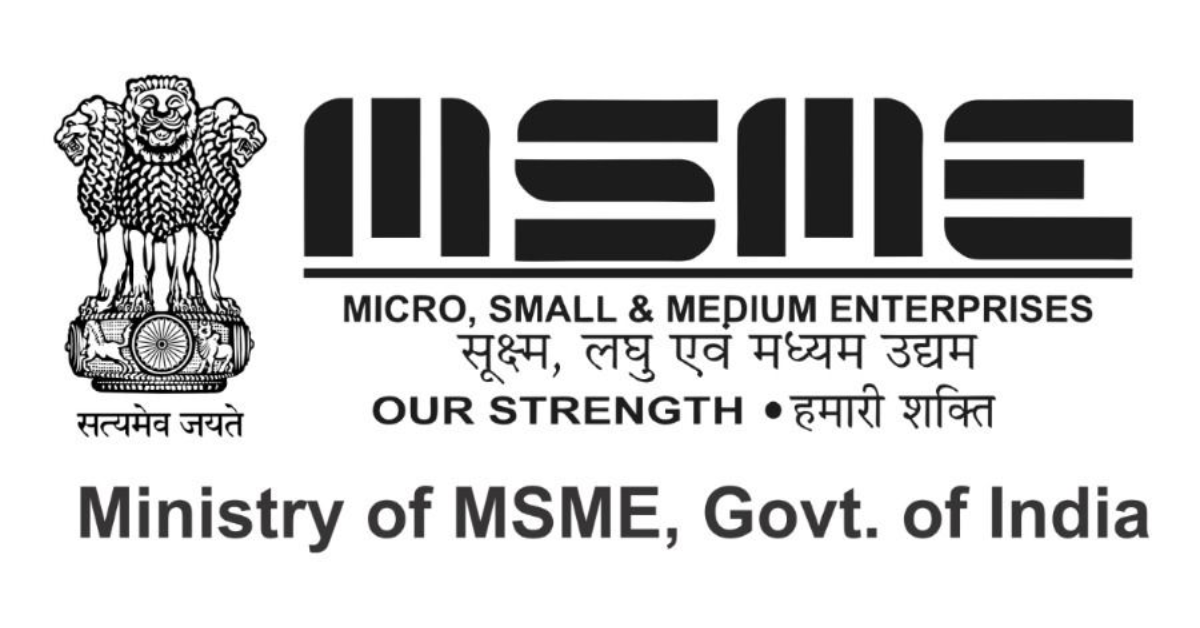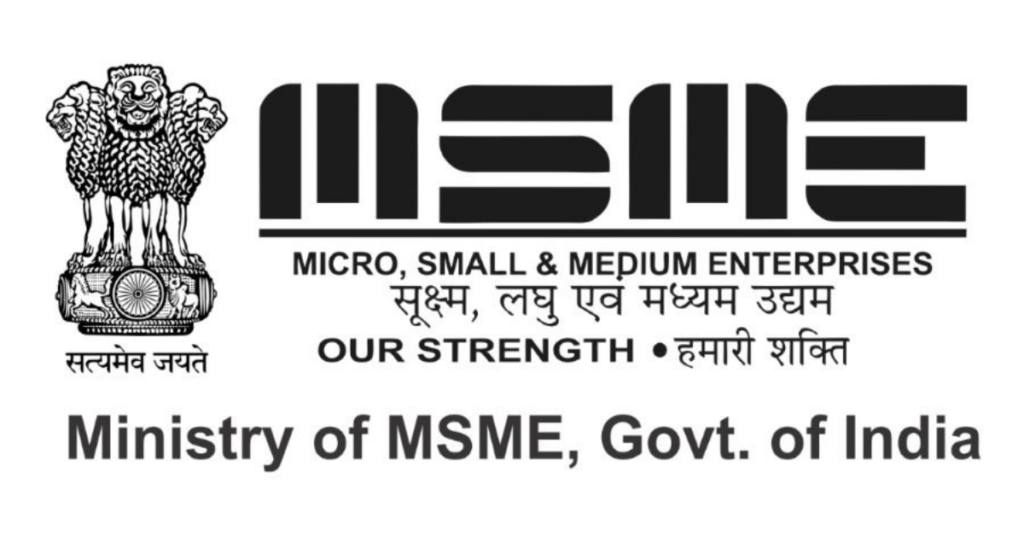MSMEs are the true engines of growth, contributing over 30 per cent to GDP and 45 per cent to exports, according to an MSME Ministry official on Tuesday. They are also providing employment to more than 28 crore people, particularly with their presence across Tier-2 and Tier-3 cities. Addressing the CII MSME Growth Summit 2025, Additional Secretary and Development Commissioner, MSME Ministry, Dr Rajneesh, said that their resilience enabled India’s swift post-pandemic recovery, and they will be central to achieving the vision of Viksit Bharat.
In the last three years, the MSME Ministry has facilitated credit guarantees worth Rs 6.4 lakh crore, he said. He also noted that 100 technology centres are being established nationwide to strengthen MSME competitiveness. Stressing the need to shift from a price-centric approach to one anchored in quality, competitiveness, and technology adoption, Dr Rajneesh said that MSMEs must integrate into global value chains to drive India’s vision of becoming a Viksit Bharat by 2047.
CII National MSME Council Chairman and Rajratan Global Wire CMD Sunil Chordia said that focusing on formalisation and ease of doing business, capital access and investment, technology, innovation and productivity, skill development and workforce can enhance the competitiveness of MSMEs. CII National MSME Council Co-Chairman and Pon Pure Chemicals India Pvt Ltd CMD M. Ponnuswami stressed the importance of raising awareness among MSMEs in Tier-2 and Tier-3 cities about the opportunities offered by Industry 4.0, low-cost automation, and credit schemes.
Meanwhile, Somany Ceramics Chairman and Managing Director Shreekant Somany underscored that India’s growth story is inseparable from the success of MSMEs, which are evolving as global players with fast-rising exports. CII National Committee on Smart Manufacturing Chairman and Rockwell Automation Managing Director Dilip Sawhney noted that Industry 4.0 solutions are pivotal for MSMEs to overcome challenges of traceability and compliance that restrict their integration with global clients. CII’s Working Group on Technology, CII ASCON Council Chairman, and Siemens’ Director, Industry and Policy Vikram Gandotra emphasised that Indian industry can match global leaders like Germany and South Korea by embracing technology, innovation, and design excellence.
Job Creation Statistics
The sheer scale of employment generated by MSMEs is a testament to their vital role in the Indian economy. Providing livelihoods to over 28 crore individuals, these enterprises serve as a crucial source of income and economic empowerment, particularly in regions beyond major metropolitan areas. The decentralised nature of MSMEs allows them to reach into the heart of Tier-2 and Tier-3 cities, creating job opportunities where they are often most needed and contributing to a more balanced distribution of wealth and development across the country.
Furthermore, the employment landscape within MSMEs is diverse, encompassing a wide range of skills and expertise. From traditional crafts and manufacturing to emerging technology and service sectors, these enterprises offer opportunities for both skilled and unskilled workers, playing a significant role in absorbing a large portion of the Indian workforce. This capacity to provide varied employment options is particularly important in a country with a young and rapidly growing population, ensuring that individuals have access to meaningful work and can contribute to the nation’s economic progress.
The impact of MSME employment extends beyond individual livelihoods, contributing significantly to overall social and economic stability. By providing stable income sources and fostering entrepreneurship at the grassroots level, these enterprises help to reduce poverty, improve living standards, and create a more inclusive and equitable society. The multiplier effect of MSME employment is considerable, as increased income leads to higher consumption, investment, and further economic activity, creating a virtuous cycle of growth and development.
Moreover, the job creation potential of MSMEs is not limited to direct employment within the enterprises themselves. The growth and expansion of MSMEs also stimulate demand for supporting industries and services, leading to indirect job creation in sectors such as transportation, logistics, finance, and marketing. This interconnectedness highlights the broader economic impact of MSMEs and their role in fostering a vibrant and dynamic ecosystem that supports employment generation across various sectors.
Key Drivers Of Msme Growth
The sustained growth of MSMEs is propelled by several interconnected factors. Firstly, the ongoing formalisation of the sector is crucial. Streamlining regulations, simplifying compliance procedures, and providing incentives for registration encourages more enterprises to enter the formal economy. This, in turn, facilitates access to credit, government schemes, and other benefits, fostering growth and competitiveness.
Secondly, access to capital and investment is paramount. MSMEs often face challenges in securing adequate funding for expansion, modernisation, and working capital. Initiatives aimed at improving credit access, promoting venture capital investment, and establishing dedicated MSME funding mechanisms are essential for unlocking their growth potential.
Thirdly, technology adoption and innovation are key drivers. Embracing Industry 4.0 technologies, such as automation, artificial intelligence, and data analytics, can significantly enhance productivity, efficiency, and competitiveness. Promoting technology transfer, providing training and support for technology adoption, and fostering a culture of innovation are vital for enabling MSMEs to leverage these advancements.
Fourthly, skill development and workforce enhancement are critical. Equipping the workforce with the skills and knowledge required to operate in a rapidly evolving technological landscape is essential for ensuring the success of MSMEs. Investing in vocational training, promoting apprenticeships, and fostering collaboration between industry and educational institutions can help to bridge the skills gap and create a skilled workforce that meets the needs of MSMEs.
A supportive ecosystem is essential. This includes a conducive regulatory environment, access to infrastructure, and effective support services. Streamlining regulations, reducing bureaucratic hurdles, improving infrastructure connectivity, and providing access to market information and business advisory services can create a more enabling environment for MSMEs to thrive.
Impact On Indian Economy
The collective impact of MSMEs on the Indian economy is far-reaching and multifaceted. Beyond their direct contributions to GDP, exports, and employment, these enterprises play a crucial role in fostering innovation, promoting regional development, and enhancing social inclusion. Their widespread presence across diverse sectors and regions makes them a vital engine for driving sustainable and inclusive economic growth.
MSMEs are often at the forefront of innovation, developing new products, services, and business models that cater to local needs and contribute to overall economic dynamism. Their agility and adaptability allow them to respond quickly to changing market conditions and emerging opportunities, fostering a culture of entrepreneurship and experimentation that drives economic progress.
Moreover, MSMEs play a crucial role in promoting regional development by creating jobs and generating income in areas beyond major metropolitan centres. Their decentralised nature allows them to contribute to a more balanced distribution of wealth and development across the country, reducing regional disparities and fostering greater social cohesion.
MSMEs also contribute significantly to social inclusion by providing opportunities for marginalised communities and promoting entrepreneurship among women and other underrepresented groups. Their ability to create jobs and generate income in local communities empowers individuals and families, improving living standards and fostering greater social equity.
The integration of MSMEs into global value chains is essential for enhancing their competitiveness and driving India’s vision of becoming a Viksit Bharat by 2047. By participating in global trade and investment flows, MSMEs can access new markets, technologies, and expertise, enhancing their productivity and contributing to overall economic growth.
The impact of MSMEs on the Indian economy is undeniable. Their contributions to GDP, exports, employment, innovation, regional development, and social inclusion make them a vital engine for driving sustainable and inclusive economic growth. By fostering a supportive ecosystem and empowering MSMEs to thrive, India can unlock their full potential and achieve its vision of becoming a prosperous and equitable nation.


















